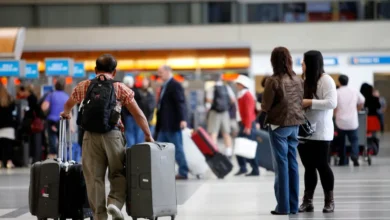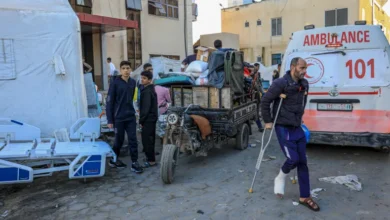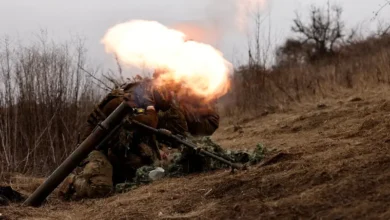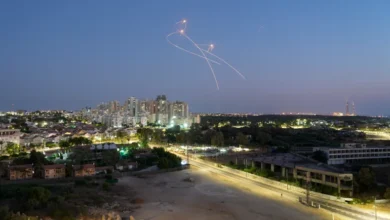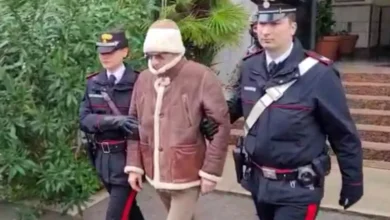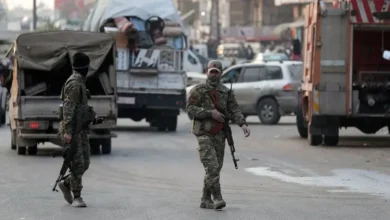Israel is proceeding with annexation, and there is only one way to stop it
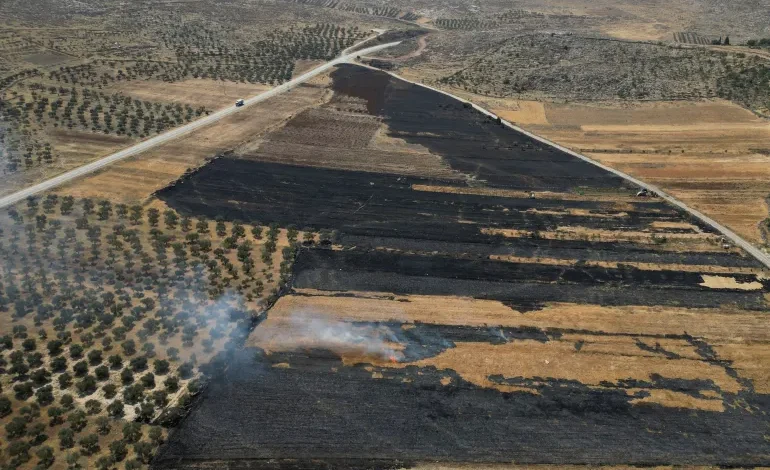
My brother recently sent me a copy of an Israeli military order that was found by farmers on our land and nearby plots in the occupied West Bank. The document, accompanied by a map, states that the land is being seized for military purposes.
It does not specify how long the land will be held and offers the landowners and users only seven days from an upcoming field visit – coordinated between the Israelis and the Palestinian Authority (PA) liaison office – to file an objection with the Israeli army’s legal adviser. This field visit typically serves to demarcate the boundaries of the confiscated land.From our family’s past experience, confiscation under the guise of “security reasons” often precedes the establishment of a colonial settlement. This happened in 1973 when our family received a similar military order for land along the Jerusalem-Hebron Road. Within a week, a military post was established. Months later, a civilian settlement, Elazar, was erected in the same location.
What’s shocking this time is that this new order has barely made headlines despite the size of the land being slated for confiscation. According to the military order, it amounts to 5,758 dunums, or more than 5.7sq km (2.2sq miles). The confiscation is not arbitrary. At the centre of this particular area is the outpost of Sde Boaz, which was illegally established on private Palestinian land in 2002. The residents – about 50 families – are not fringe extremists. They’re middle-class professionals, including doctors, engineers and accountants.This confiscation is one of many that have taken place in the past 21 months. Under the shadow of the genocidal war in Gaza, Israel has accelerated its annexation drive in the West Bank. The objective is to formally annex parts of what the Oslo Peace Accords designated as Area B, which is 21 percent of the West Bank, and the whole of Area C, which constitutes 60 percent of the West Bank and includes the whole of the Jordan Valley and Jerusalem countryside as well as other areas.
Most Palestinian farmland and pastures fall within this area as do a large number of Israel’s illegal settlements. My town, al-Khader (St George), owns more than 22,000 dunums (22sq km/8.5sq miles) of land, of which more than 20,500 (20.5sq km/7.9sq miles) are classified as Area C, 500 (half a square kilometre/0.2sq miles) as Area B, and less than 1,000 dunums (1sq km/0.4sq miles) as Area A.Israeli settlers play an active role in advancing this annexation plan. This is not limited to seizing strategic hilltops but also includes systematic violence against Palestinians. The settler attacks on Palestinian property, the torture and killings of Palestinians are all part of an organised campaign intended to uproot Palestinians from Areas B and C to facilitate annexation. This strategy aligns with what Israeli policymakers refer to as “voluntary transfer”, a euphemism for ethnically cleansing Palestinians from their homeland.
All of this is illegal, according to international law, and goes against repeated resolutions by the United Nations and a 2024 ruling of the International Court of Justice. So who will stop Israel?
The PA, which nominally administers Area A in the occupied West Bank, will certainly not. Since its establishment as part of the Oslo peace process, the PA has not only failed to resist Israeli moves towards annexation, but it has also arguably facilitated them by working with Israel to stem out armed and even peaceful resistance that does not support its political agenda.
The international community is also unlikely to take decisive action. For decades, Western governments, in particular, have offered rhetorical condemnations while simultaneously providing security and economic support to Israel. These same actors who have failed to stop the ongoing genocide in Gaza are unlikely to object if Israel formalises its de facto annexation.
